YouTube just dropped another AI bombshell, and spoiler alert: it's not all sunshine and seamless video discovery. The platform is testing AI-generated search carousels that surface video clips before you even click play—and content creators are already seeing dollar signs disappear.
Here's the kicker: YouTube is rolling out AI-powered search results carousels similar to Google's controversial AI Overviews, starting with a small group of YouTube Premium users in the US. The feature uses AI to highlight clips from videos that supposedly answer your search query—think "best beaches in Hawaii" serving up snorkeling spots and volcanic coast snippets without you having to watch full videos. The whole thing runs on Gemini 2.0, Google's flagship multimodal AI system that dropped in December 2024 with impressive text, image, audio, and video processing chops—capabilities that become crucial when AI needs to understand not just what someone says in a video, but the visual context, tone, and timing that determine whether a 20-second clip actually answers your question.
But here's where it gets spicy: if Google's AI Overviews dropped organic click-through rates by 70% when they hit traditional search, what does that mean for YouTube creators who depend on those precious watch-time minutes?
Why this feels like déjà vu (and not the good kind)
Remember when Google's AI Overviews launched and publishers suddenly watched their traffic evaporate? Well, YouTube creators are having flashbacks. The Wall Street Journal reported that Google's AI-powered tools are "devastating traffic for news publishers"—and YouTube's version could hit creators the same way.
Having tracked YouTube's algorithm changes for three years, I've seen how even small discovery modifications can dramatically impact creator earnings—and this AI overview test feels like the biggest potential disruption yet. The math is brutal, but the YouTube implications are even more complex. While Google's AI Overviews simply reduced clicks to external websites, YouTube's version threatens the entire creator revenue model that depends on sustained engagement. When AI clips give users exactly what they need in 30 seconds, why watch a 12-minute review that includes sponsor segments, channel promotion, and the creator interaction that drives monetization?
YouTube's implementation works "a little differently" than Google's text summaries—it's described as "a new video results carousel that appears after entering certain search queries." The AI won't summarize multiple videos; instead, it surfaces clips that supposedly answer your query directly. But the end result might be the same: users get what they need without clicking through to full videos.
Currently, the feature appears most often for product searches like "best noise cancelling headphones" and travel queries like "museums to visit in San Francisco." YouTube is collecting feedback through thumbs-up/thumbs-down buttons before deciding on a wider rollout.
The creator revenue reality check
Let's break down why creators are nervous beyond the obvious. YouTube's ecosystem runs on engagement—views, watch time, ad impressions. When AI serves up the exact clip someone needs, they might skip the full video entirely, but that's just the surface-level problem.
Think about it: if you're researching "best beaches in Hawaii" and YouTube's AI shows you perfect 30-second clips about snorkeling spots, do you really need to watch those 12-minute travel vlogs? Content creators rely on engagement for ad revenue, but the deeper issue is how this disrupts the creator-viewer relationship that drives long-term channel growth. Creators don't just make money from individual video views—they build audiences who return, subscribe, and engage with their broader content ecosystem.
This isn't theoretical. YouTube Shorts creators earn between $0.01 and $0.10 per 1000 views, while the platform attracts over 15 billion daily views. That's serious money flowing through creator hands—money that could shrink if AI clips replace full video consumption.
The timing makes this brutally complex. YouTube operates in a competitive landscape where TikTok commands 40% of short-form video while YouTube Shorts captures 20%—but this competition actually makes AI overviews more dangerous for creators. When platforms compete by optimizing user convenience, they risk cannibalizing the creator economy that produces the content users want to discover.
What "quality and accuracy may vary" actually means
YouTube's careful language around this feature is telling. They're emphasizing that this helps users "save time by showing them the clips that are likely to answer their query"—but notice they're not promising those clips will be correct.
Video content presents unique AI challenges that text summaries don't face. When AI clips miss sarcasm, cherry-pick moments out of context, or surface outdated information from older videos, the visual format makes misinformation more convincing and memorable than text errors. A creator's throwaway comment about "this being the best option" could get clipped without the crucial context that they were being sarcastic. Google's own AI Overviews have faced criticism for hallucination problems and accuracy issues since launch.
The experimental nature of this rollout suggests YouTube knows they're walking a tightrope. Only a small subset of US YouTube Premium members can access the feature, and it works only with some English-language search queries. YouTube is actively collecting user feedback to determine the feature's future.
Meanwhile, Gemini 2.0's multimodal capabilities include Multimodal Chain-of-Thought reasoning to improve accuracy, but even Google acknowledges that hallucination mitigation remains an ongoing challenge. The stakes get higher when dealing with video content where context, tone, and nuance matter enormously. A 15-second clip about "best headphones" pulled from a 20-minute review might miss crucial caveats or comparisons that only emerge through the creator's full analysis.
Where cord cutters fit into this AI shuffle
For those of us who've ditched traditional cable for streaming and on-demand content, YouTube has become a crucial discovery engine. We use it to research products before buying, find tutorials for everything from cooking to car repair, and discover entertainment that cable never offered.
YouTube's AI overviews could actually help cord cutters navigate content more efficiently—if they work correctly. Instead of watching 10 different "best streaming device" reviews, you could get AI-curated clips highlighting the key points. That's genuinely useful for busy people trying to make informed decisions about their entertainment setup.
But here's the catch: cord cutters often rely on YouTube creators for authentic, detailed reviews that big media companies don't provide. We trust creators who spend their own money testing products and share honest opinions. Netflix is already testing AI-powered search with OpenAI to help users find content using conversational language—competition that could push YouTube toward more aggressive AI implementation.
The risk for cord cutters extends beyond losing creator depth—it's about algorithmic homogenization. When AI consistently surfaces clips from high-performing creators, we might lose the diverse, smaller voices that provide authentic perspectives on niche products or services that mainstream creators don't cover. A 30-second AI-selected clip about "best streaming sticks" might miss the creator's insight about long-term reliability or customer service experiences that only come from extended use and community feedback.
Navigating the new YouTube reality (whether we like it or not)
YouTube's AI experiment isn't going anywhere—this is clearly part of Google's broader AI strategy that includes Gemini 2.0 Flash optimization for low-latency processing and real-time applications. The question isn't whether AI will change YouTube search, but how creators and viewers adapt to these changes.
For creators, this means potentially rethinking content strategy entirely. Instead of burying key information deep in videos, creators might need to front-load valuable insights to ensure AI clips capture essential points while providing compelling reasons to watch the full video. YouTube hasn't provided details on what the AI will prioritize, leaving creators guessing about new optimization strategies—but smart creators are already experimenting with clearer verbal cues, strategic information placement, and stronger calls-to-action that encourage full video engagement.
For us as viewers, it means being more intentional about supporting creators whose work we value. If AI clips give you useful information, consider clicking through to watch full videos or engaging with creators' content in other ways. The creator economy that gives us authentic reviews and entertainment depends on that engagement beyond just the initial clip interaction.
The broader trend is undeniable: TikTok is testing AI-generated search results using ChatGPT, Netflix is implementing AI-powered discovery, and YouTube is following suit. Every platform is racing to serve up instant answers—which could be great for efficiency, terrible for creator revenue, and complicated for content accuracy.
PRO TIP: While YouTube's AI overviews are still experimental, you can provide feedback through the thumbs-up/thumbs-down system if you're a Premium user in the test group. Your input will help shape how this feature develops—use it wisely.
What happens next in the AI content wars?
The writing's on the wall: AI-powered content discovery is becoming standard across platforms, not optional. YouTube's experiment with AI overviews represents just one piece of a much larger transformation in how we find and consume content online.
Based on our analysis of similar AI implementations across Google's ecosystem, the pattern suggests YouTube will prioritize user convenience over creator revenue concerns, just as they did with search AI overviews. But YouTube's creator economy is more directly tied to Google's revenue than traditional web publishing, which might slow the rollout or force more creator-friendly modifications.
For cord cutters specifically, this shift might initially feel overwhelming—another layer of AI mediation between us and authentic content. But it also presents opportunities for more efficient content discovery in an increasingly crowded streaming landscape. The key is staying aware of how these tools work and making conscious choices about when to rely on AI summaries versus diving deep into creator content.
The real test will be whether YouTube can balance user convenience with creator sustainability. The creators, platforms, and viewers who adapt thoughtfully will thrive. Those who don't? Well, they might just become training data for the next AI update.
Whether you love or hate this AI direction, one thing's certain: the way we search for and discover video content is changing fast, and the stakes have never been higher for the creator economy that makes YouTube worth watching in the first place.




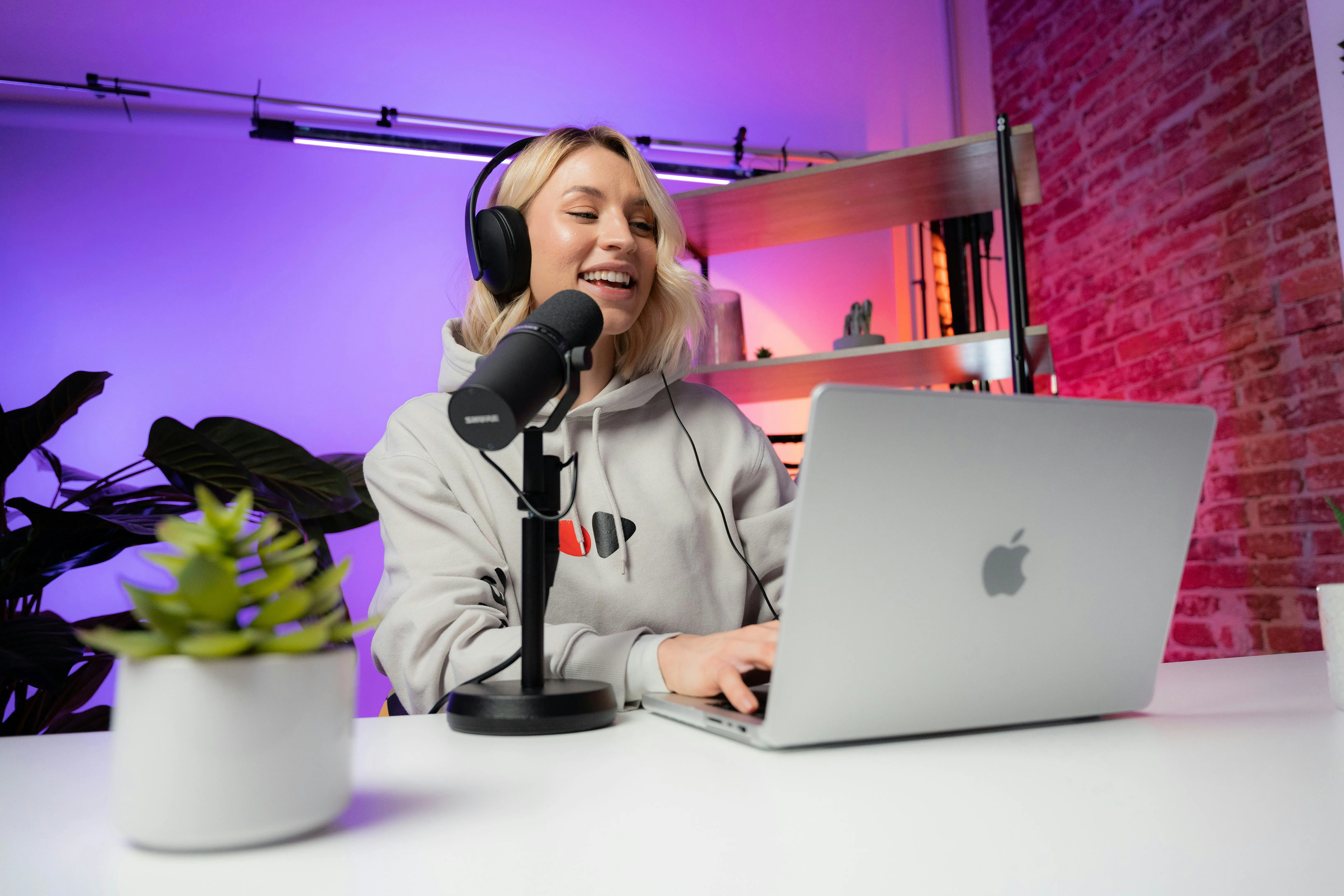

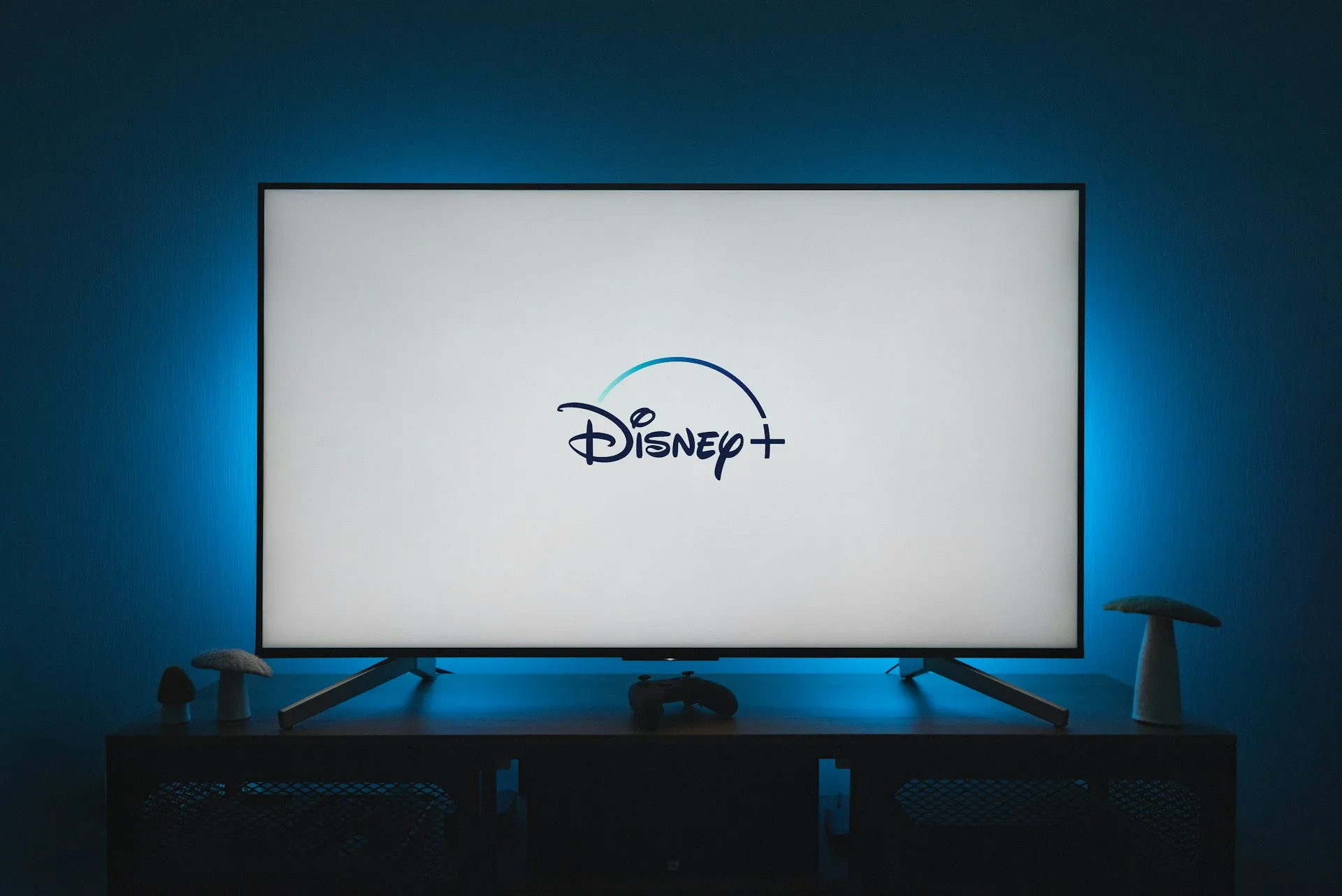


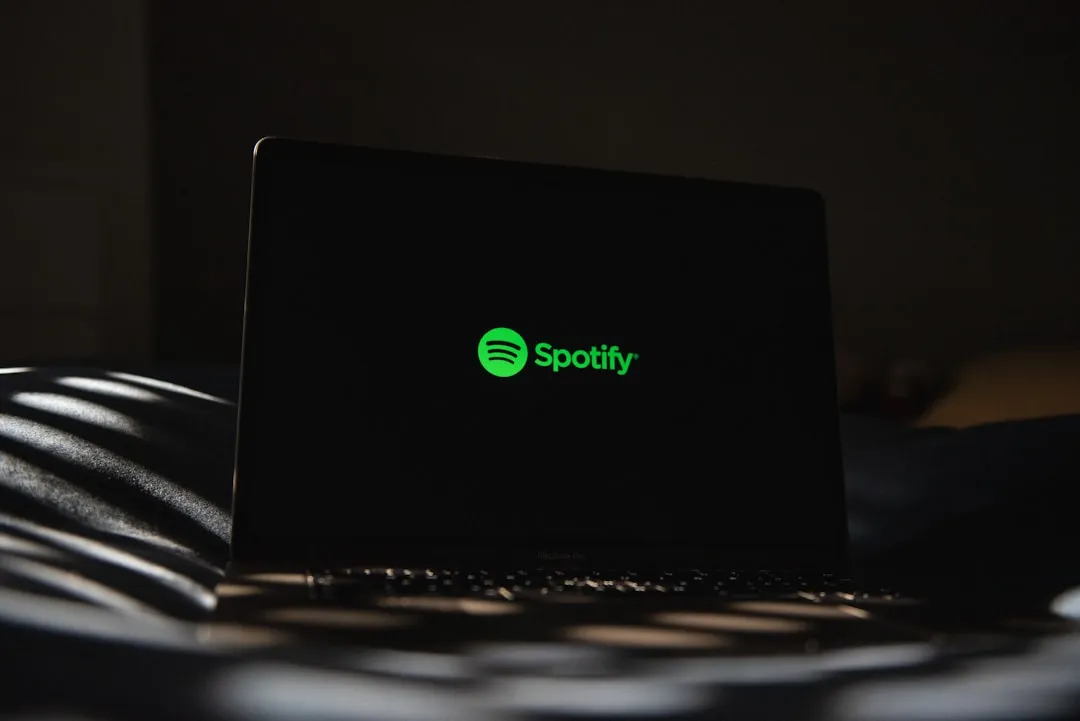



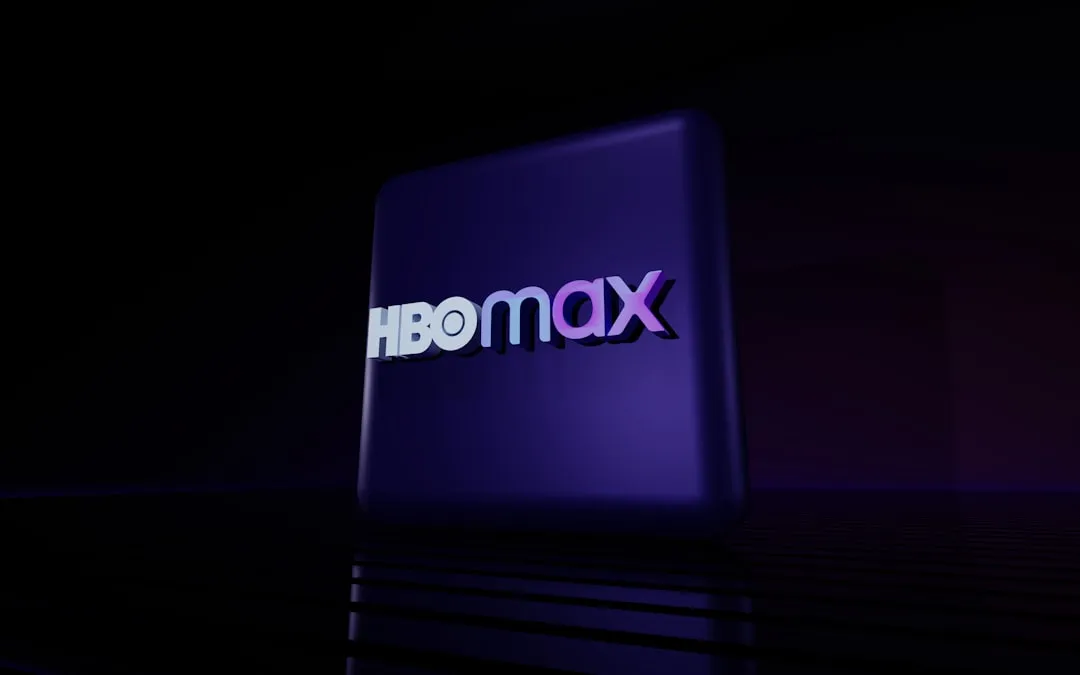
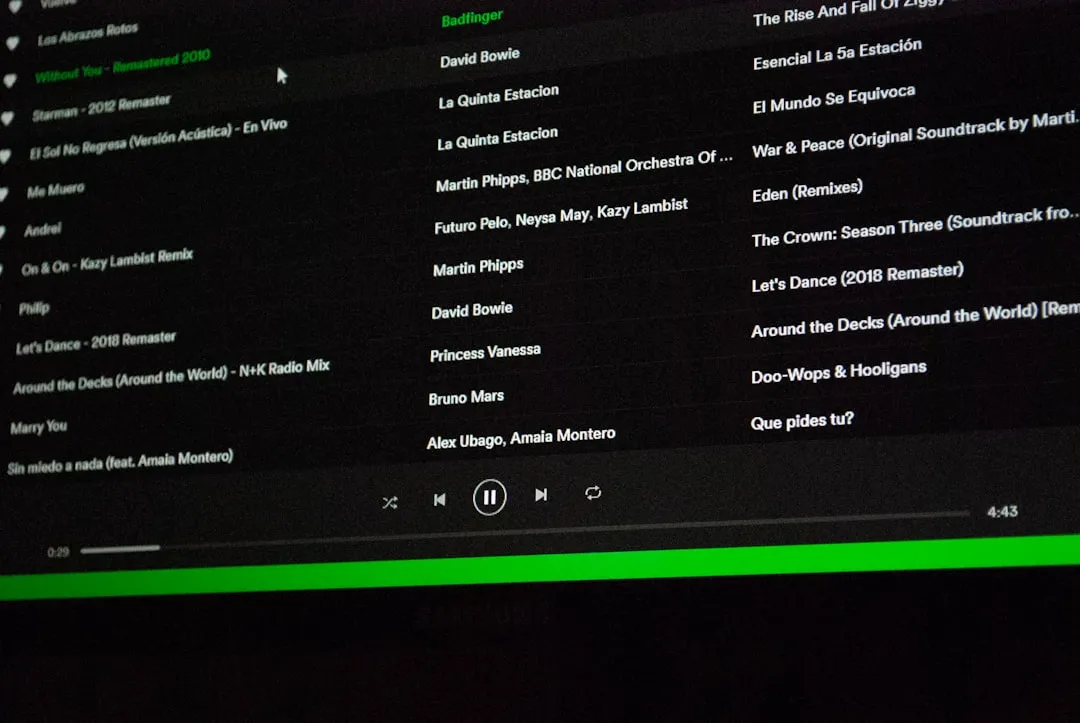
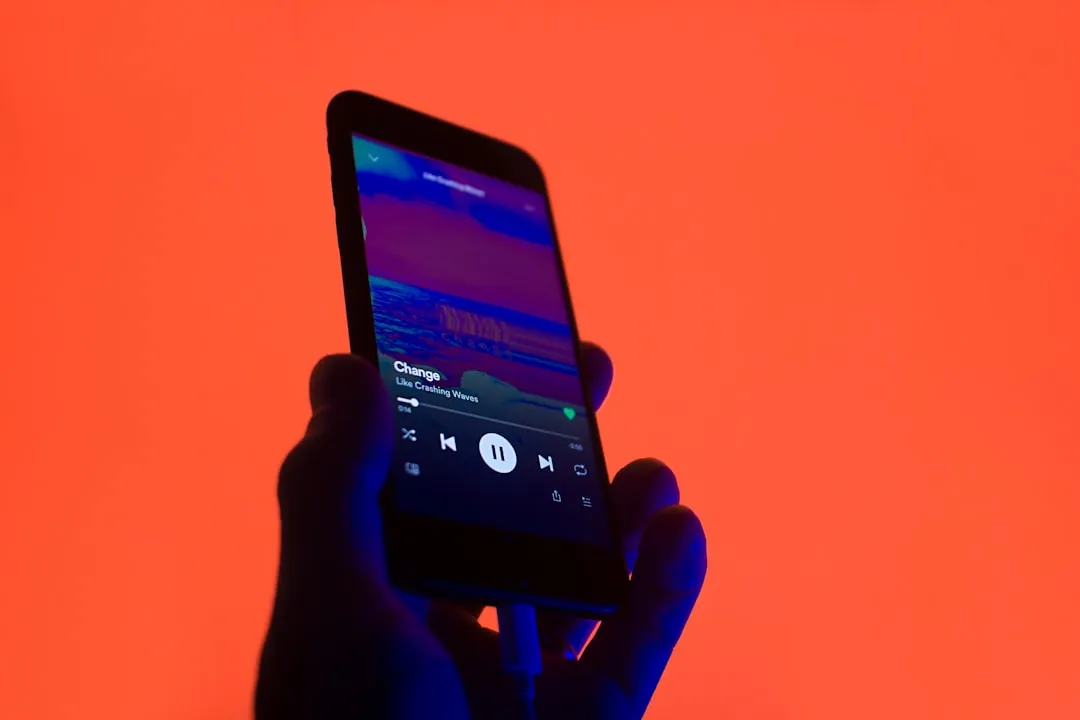
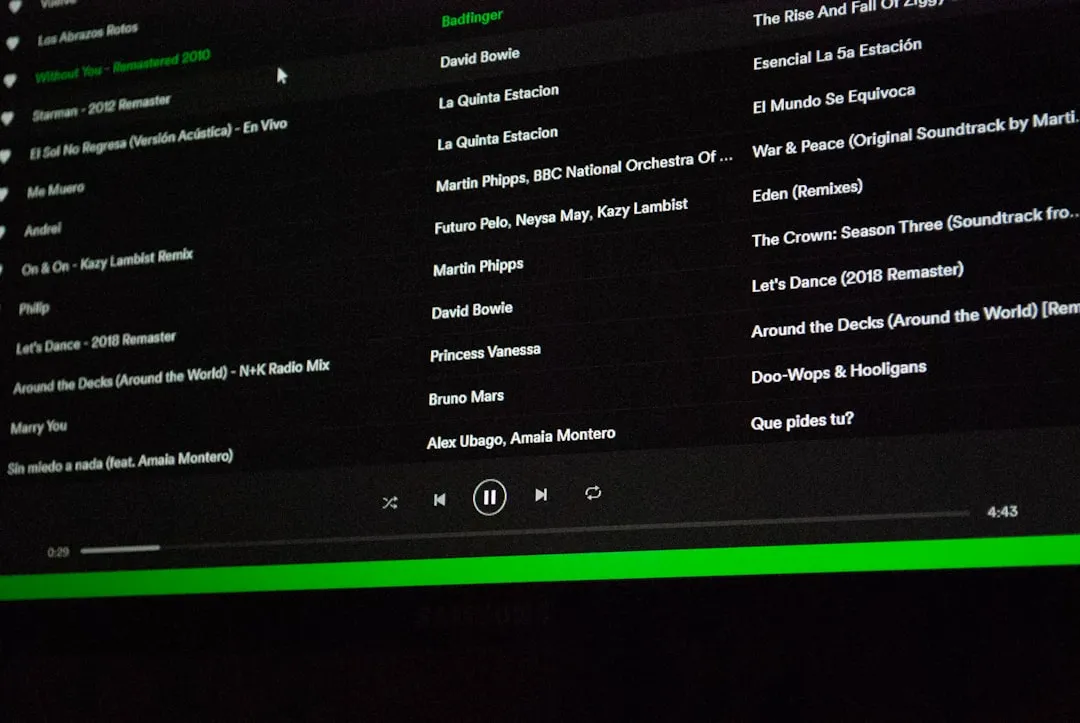
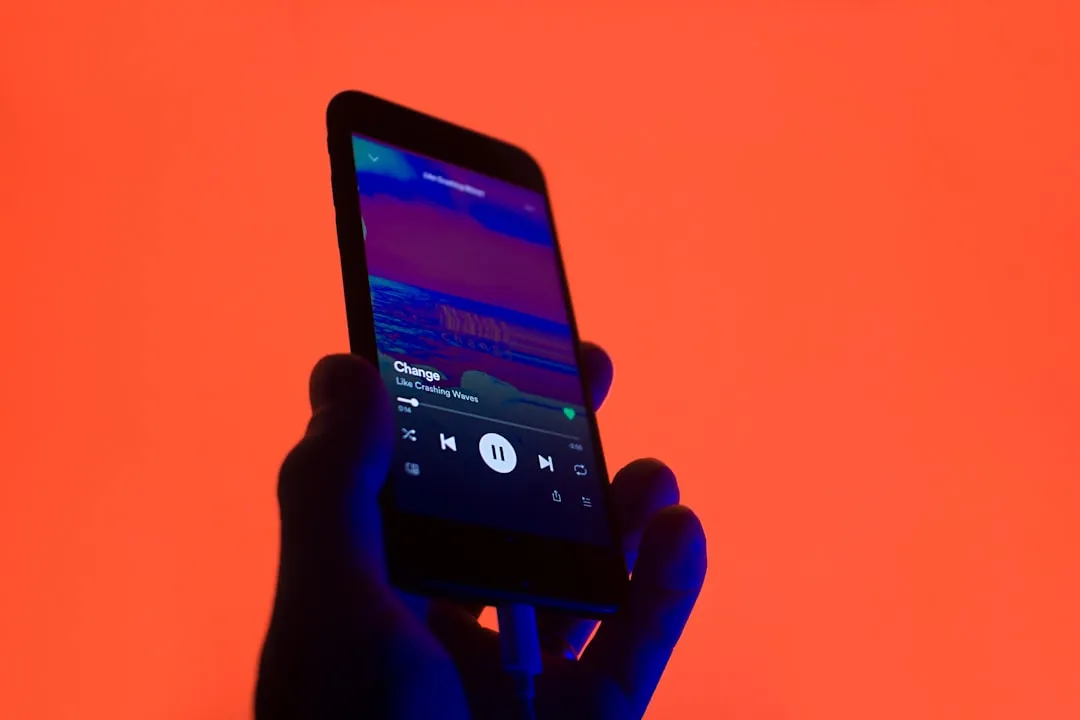
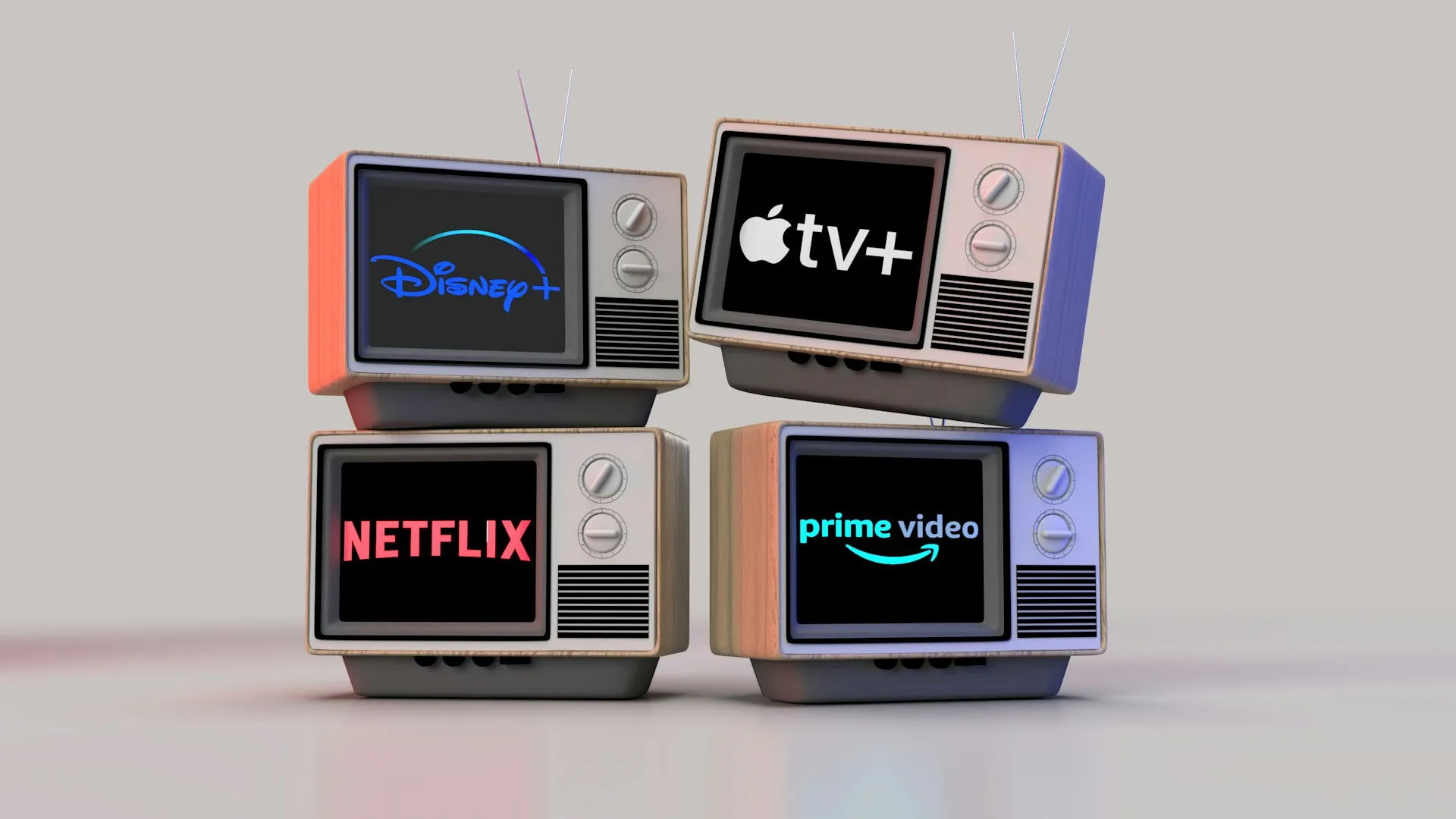
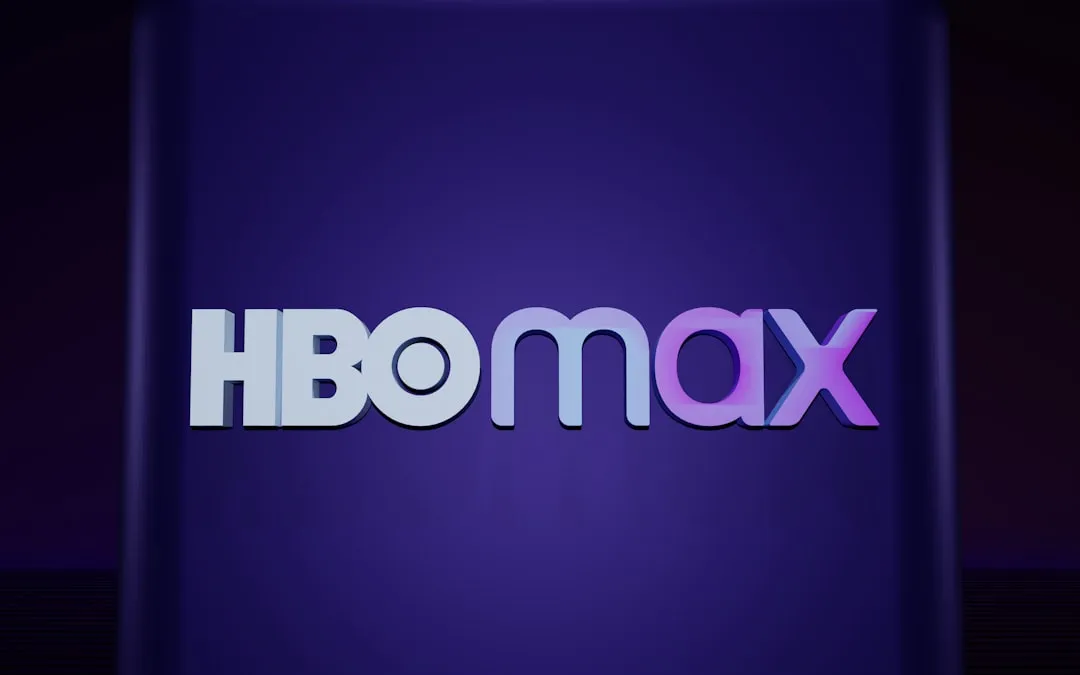



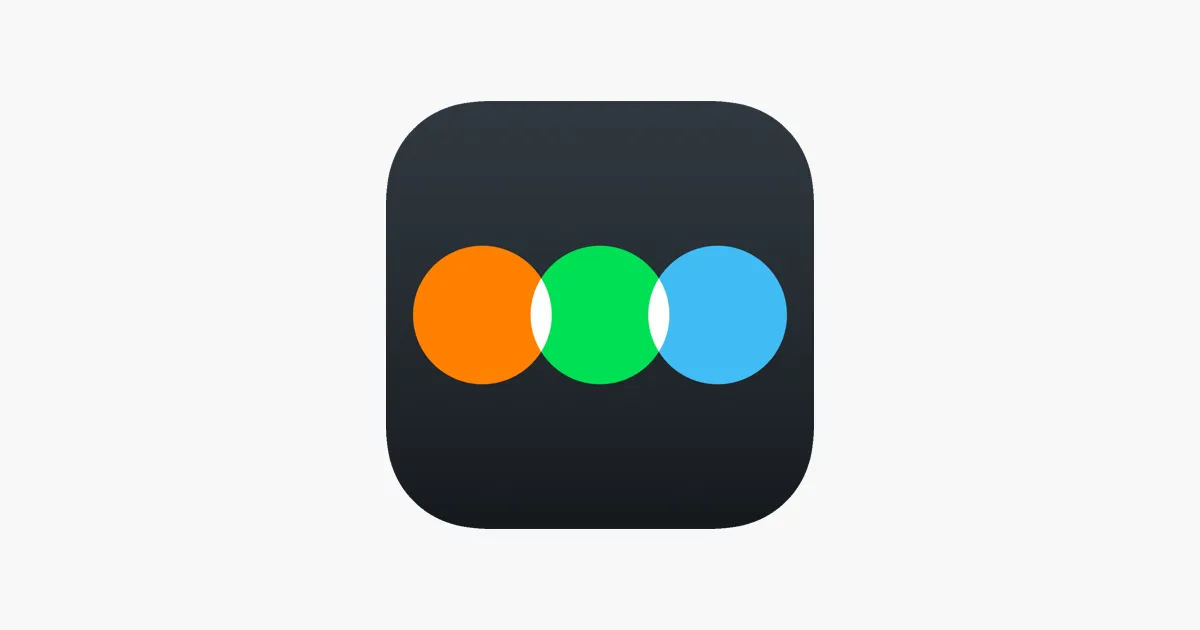
Comments
Be the first, drop a comment!